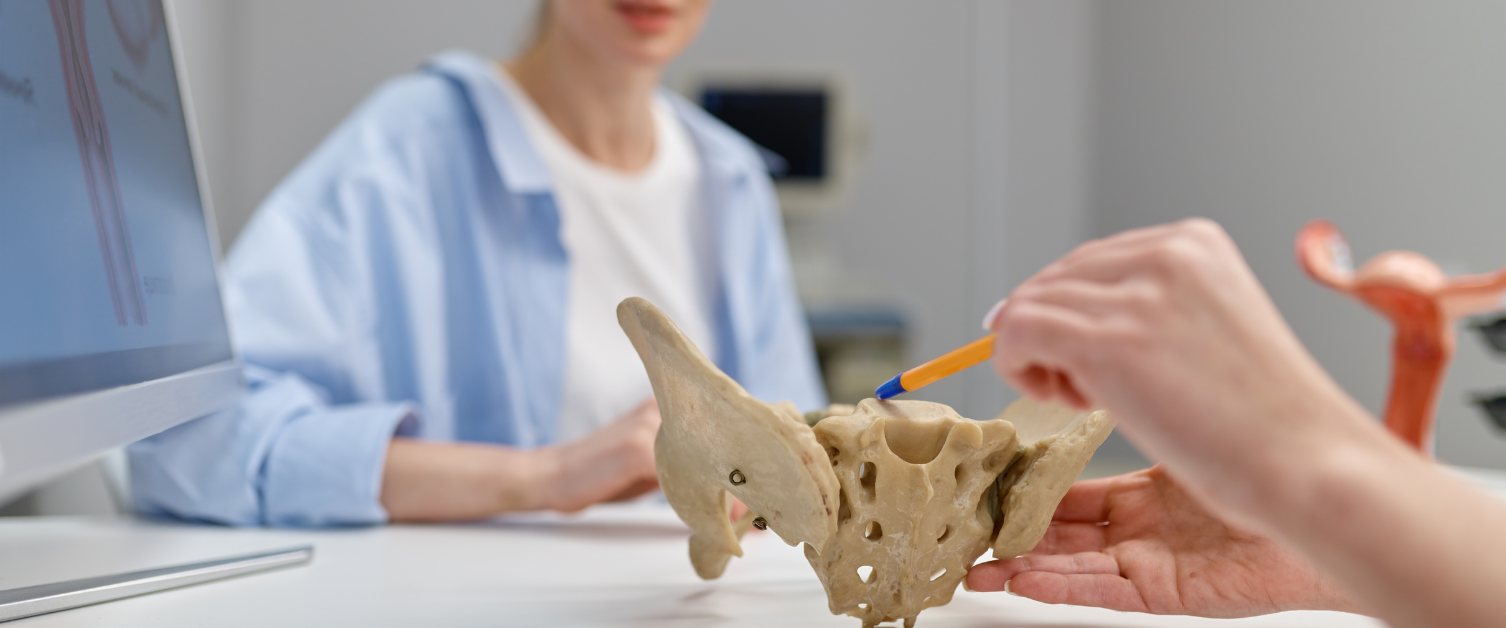Perineal Tears

The perineum is the area of skin between the vagina and the anus (back passage). It is made of strong stretchy skin and tissue to allow vaginal birth.
It is possible for a woman’s perineum to tear during birth. These tears can be anything from a simple graze to a deeper tear that may need stitching to repair it. Tears are common in first time vaginal deliveries.
Episiotomy
An episiotomy is a cut made by a doctor or midwife to the perineum. This is done to make the vaginal opening wider so that your baby can come out more easily. There are many different reasons why this may need to be done, your midwife or doctor will explain this further.
Perineal Massage
Research shows that perineal massage from 34 weeks pregnant could help to lower your chances of having a perineal tear or needing an episiotomy (cut). Speak to your midwife for more information about perineal massage.
Further information about perineal tears and episiotomies can be found on the NHS 111 Wales website.
Recovering pelvic floor strength after a perineal tear or episiotomy
Strengthening your pelvic floor muscles is really important after giving birth. As soon as it is comfortable to do so, you can start doing some gentle pelvic floor exercises.
Initially, you may find it more comfortable to do your exercises lying down. Try and do as many as is comfortable to do, these exercises should not be painful.
As your pelvic floor exercises become easier to do, you can build up to doing 10 or more pelvic floor squeezes in one session. Aim to do 3 to 4 sessions a day.
When you are comfortable doing 10 or more pelvic floor squeezes when lying down, you can move to doing them sitting or standing up.
You may find it useful to do your pelvic floor exercises whilst doing other activities such as feeding your baby. This can be a helpful reminder to do your pelvic floor exercises several times a day.
Who do I speak to if I need help?
After childbirth, you may experience the following:
- Your pelvic floor muscles can become weak.
- You may find it difficult to hold in wee, stool (poo) and wind.
- You may also feel a little heavy or sore around the vagina and perineum, especially if you have had a cut or a tear. This will likely get better within a few weeks. We recommend doing your pelvic floor exercises to help this recovery.
Speak to your midwife or GP if you are experiencing difficulties with your bladder/ bowel control (holding in wee and poo). You should speak to your midwife if these difficulties occur at any point after childbirth, your health professional will offer you further advice and support.
Physiotherapy after childbirth
Following your pregnancy, you may be advised by your midwife or doctor to visit a specialist pelvic health physiotherapist.
Physiotherapy can help with many difficulties such as:
- Bladder and bowel control
- Feeling of heaviness in the perineum
- Painful sex
- Tummy muscle separation
- Returning to work, sports and activities after having a baby
- Vaginal prolapse
- Pelvic girdle pain/ back pain after giving birth
If you are having problems with your pelvic floor during pregnancy or after childbirth, please speak to your midwife, doctor or health visitor. It can be hard to talk about these things but please remember we speak to many people with the same problems each day and it is important that you get the help and care that you need.
Information about what to expect if you are recommended for pelvic health physio can be found on the Pelvic, Obstetric and Gynaecological Physiotherapy website.